What's turning all my herbs purple!?
raistlyn
12 years ago
Related Stories

PRODUCT PICKSGuest Picks: What’s Purple All Over?
With kitchen appliances, pillows, chairs and more in shades of lavender to plum, your home can be as purple as you please
Full Story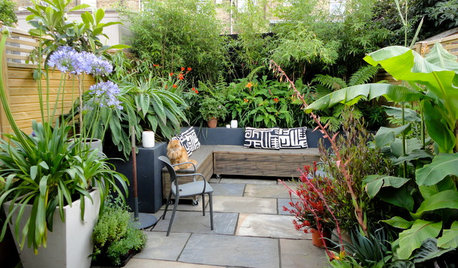
URBAN GARDENSTurn Your Outdoor Space Into a Sanctuary
12 inspiring urban gardens offer ideas for reinventing your city backyard, rooftop or terrace
Full Story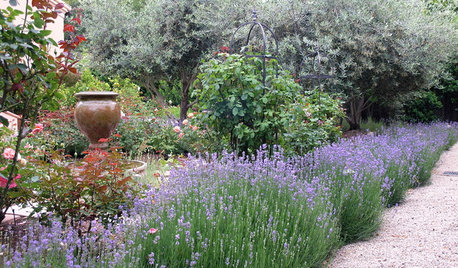
FLOWERSHerb Garden Essentials: Grow Your Own Fragrant Lavender
This do-it-all plant is ideal for almost any garden, and its uses are abundant around the home
Full Story
GREAT HOME PROJECTSTurn That Spare Room Into a Walk-in Closet
New project for a new year: Get the closet you’ve always wanted, starting with all the info here
Full Story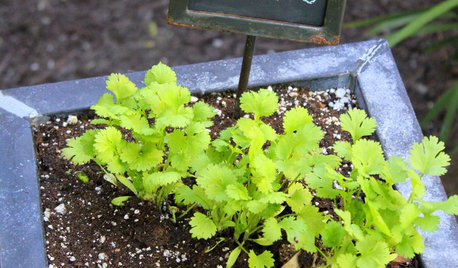
GARDENING GUIDESHerb Garden Essentials: Versatile Cilantro Adds Flavor to Herb Gardens
Love it or hate it, this cool-season herb contributes its unique flavor to any number or the world’s cuisines
Full Story
SUMMER GARDENINGHow to Grow Basil
Bright color, quick growth and endless uses for cooking make this summer annual a winner in the garden or a pot
Full Story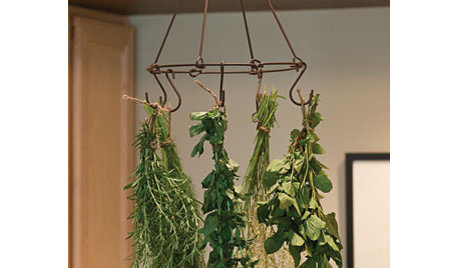
Dry Your Garden Herbs for Casual Fall Decor
Snip some sage and round up the rosemary. Dried herbs are just as great for autumnal arrangements as they are for cooking
Full Story
EDIBLE GARDENS12 Essential Herbs for Your Edible Garden
Make home cooking and drinks even better with herbs plucked from your own backyard or windowsill pot
Full Story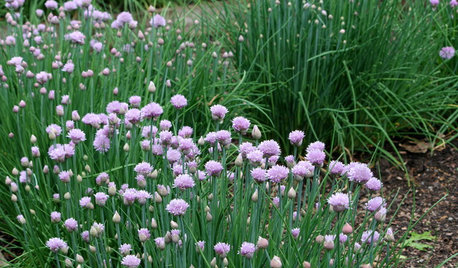
HERBSHerb Garden Essentials: How to Grow Chives
This decorative and delicately flavored herb from the onion family is easy to grow indoors and out
Full Story
LIFESlow Living 101: Tips for Turning Off the Chaos
It may feel as though you're too busy to slow down and enjoy life. But even little changes can have a big effect
Full StoryMore Discussions










rhizo_1 (North AL) zone 7
raistlynOriginal Author
Related Professionals
Manhattan Beach Landscape Architects & Landscape Designers · White Oak Landscape Architects & Landscape Designers · Clermont Landscape Contractors · Berwyn Landscape Contractors · Cockeysville Landscape Contractors · Fairview Landscape Contractors · Galt Landscape Contractors · Golden Gate Landscape Contractors · Hickory Hills Landscape Contractors · Kailua Landscape Contractors · Maywood Landscape Contractors · Peoria Landscape Contractors · Tigard Landscape Contractors · Vashon Landscape Contractors · Markham Landscape Contractorsrhizo_1 (North AL) zone 7
raistlynOriginal Author
fatamorgana2121
raistlynOriginal Author
WyldViolet
tapla (mid-Michigan, USDA z5b-6a)